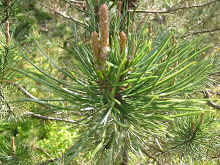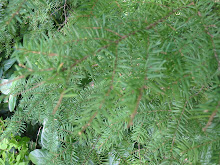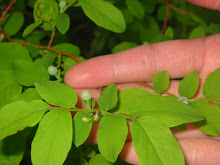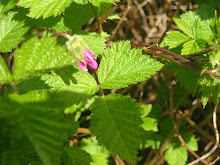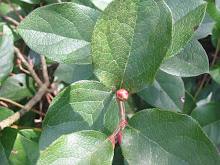 |
| All photos copyright Gerry Mignault, CBRG |
Sphagnum moss is a Bryophyte, one of the earliest plants to colonize land in evolutionary history. It doesn't have many of the adaptations shared by more recent land plants: Lacks a cuticle (no shiny waxy protective covering - lip balm for plants!) Has no vascular system, the xylem and phloem (the "arteries and veins" of later land plants - maple syrup is tree "blood" drizzled on our pancakes!).
Sphagnum shares many characteristics with its close relatives, the aquatic plants. like seaweed, it has swimming sperm. Thus sphagnum requires constant water for sexual reproduction. Observe Gerry's photos of Camosun bog's range of Sphagnum moss varieties.
more pictures below
 |
| bog cranberry growing over light green sphagnum moss |
 |
| Note baby sundew in the upper left corner |















